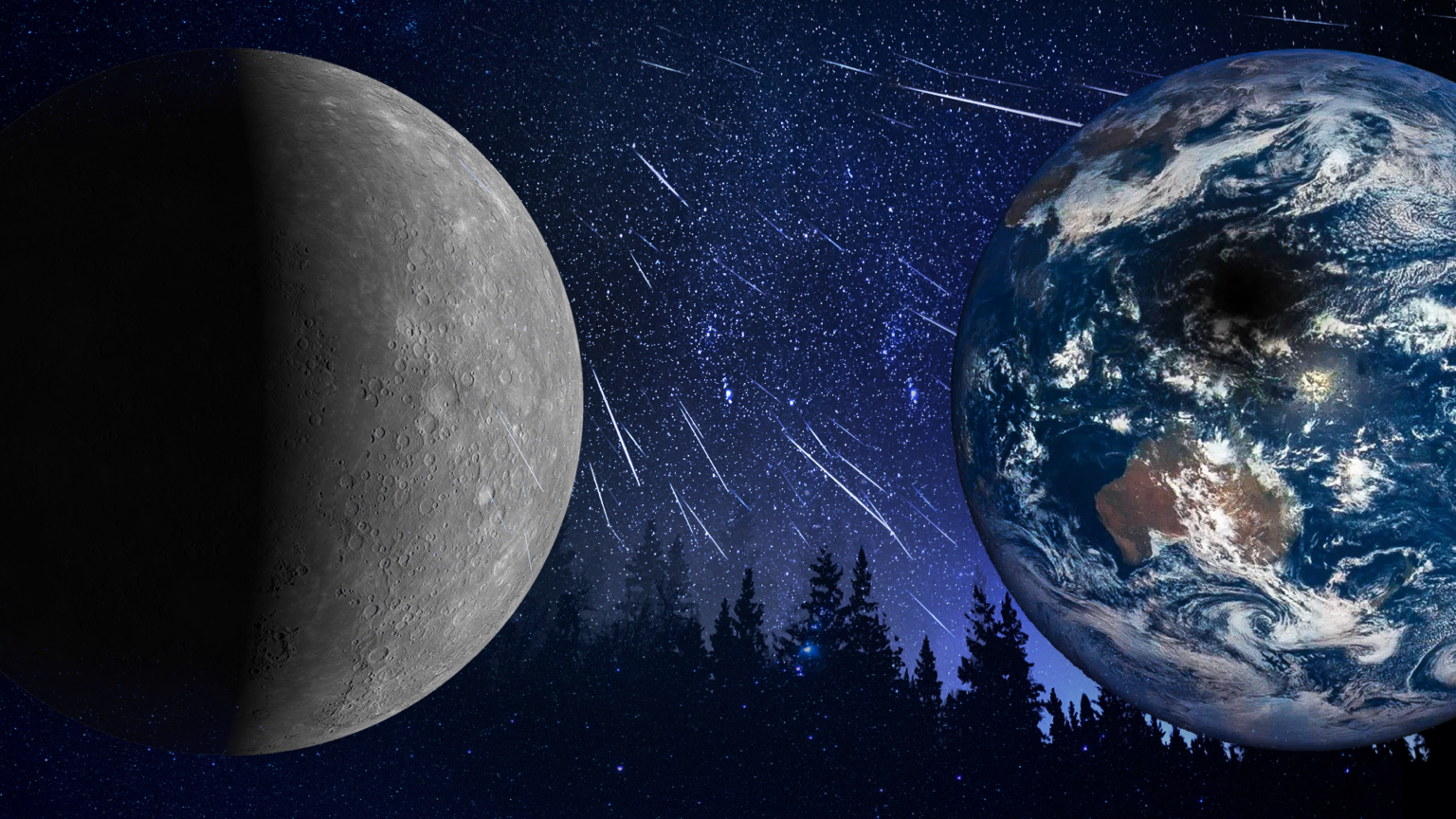The end of March and almost the whole of April will continue a favorable period of evening visibility of Mercury. The maximum eastern elongation of the planet will take place on April 11, when it will move away from the Sun by almost 20 °. The time interval between the end of civil twilight and its setting over the horizon for 50° north latitude for about three weeks will exceed an hour. However, the conjunction of the Moon, Mercury and Uranus on April 21-22 is already quite difficult to see, since it will happen at 14-15° from our luminary.

A rare annular total solar eclipse on April 20 is not observed on the territory of Ukraine even as a partial one — it will be seen by residents of Australia, Indonesia, Southeast Asia and some islands of the western Pacific Ocean. For the next few days, the Moon will have a small phase, without interfering with observations of the Lyrid meteor shower, the maximum of which falls on April 22. At this time, under the condition of a clear dark sky, up to 20 meteors per hour can be noticed, although in some years the flow power is even higher.
April 2
- The Moon is 4° north of Regulus (α Leo, 1,3ᵐ)
April 6
- Full moon
- The Moon is 2° north of Spica (α Virgo, 1.0ᵐ)
April 10
- The Moon is 2° west of Antares (α Scorpius, 1.0ᵐ)
April 11
- Mercury in the greatest easterly elongation (19.5°)
- Jupiter in conjunction with the Sun
April 13
- The Moon is in the last quarter phase
April 16
- The Moon is 4° south of Saturn (1.0ᵐ)
- The Moon is at perigee, 367965 km from the center of the Earth
April 18
- The Moon is 5° east of Neptune (7,9ᵐ)
April 20
- New moon. Annular-total solar eclipse (not visible in Ukraine)
April 21
- The Moon is 6° east of Mercury (2.2ᵐ) and 4° east of Uranus (5.9ᵐ)
April 22
- Mercury (2.5ᵐ) is 4° north of Uranus
- Maximum activity of the Lyrid meteor shower (up to 20 meteors per hour)
April 23
- The Moon is 1° north of Venus (-4.1ᵐ)
April 26
- The Moon is 3° north of Mars (1.3ᵐ)
- The Moon is 2° south of Pollux (β Gemini, 1,2ᵐ)
April 27
- The Moon is in the phase of the first quarter
April 28
- The Moon is at its apogee, 404300 km from the center of the Earth
April 29
- The Moon is 4° north of Regulus
April 30
- Asteroid Iris (7 Iris, 9.6ᵐ) in opposition
Follow us on Twitter to get the most interesting space news in time
https://twitter.com/ust_magazine

